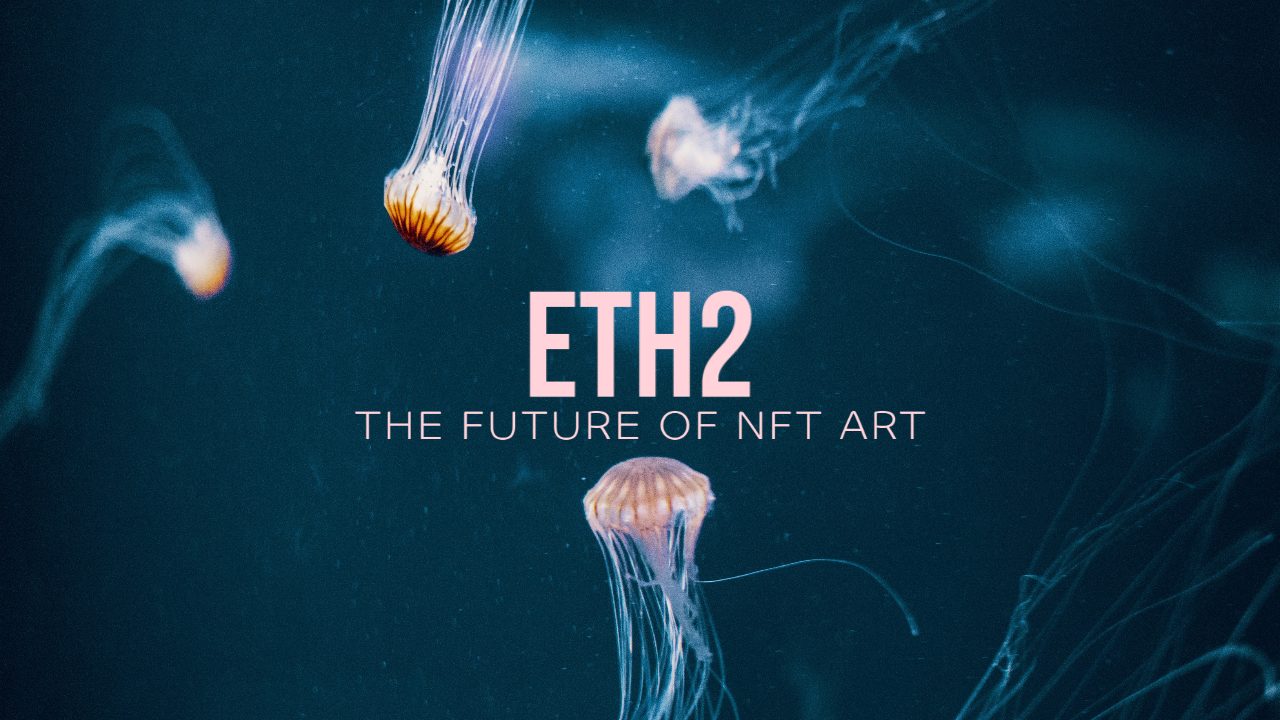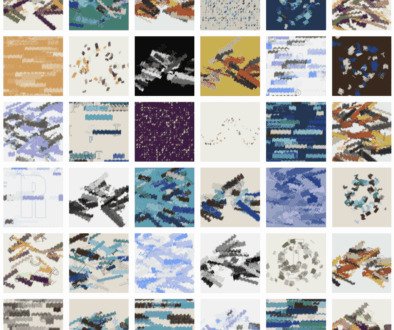Thoughts on Eth2 and NFT Art
Eth2 refers to the set of upgrades that are being implemented to enable the Ethereum platform to be more scalable and sustainable, while still being as secure as we have come to expect of it. The upgrades are being developed by a large consortium of development teams across the ecosystems. Users of ETH (and more importantly NFTs) will not have to do anything to special to receive the ultimate benefit of this advancement of the platform.
NFT Culture staff recently had a discussion on the impacts of Eth2 on NFTs. We receive quite a few questions from our readers about this, so thought it might help more people if we shared the complete Q&A session.
When will Eth2 take effect?
The first step of the transition, the Beacon Chain, is already underway, as of February 2021. The Beacon Chain is the advent of staking in Ethereum and lays the ground work for important future upgrades. It will also help coordinate the eventual merge of the system. The next step in the process is the implementation of Shard Chains, which are the mechanism by which the Ethereum platform will scale, and it is expected to be rolled out later this year (2021). The final step of the transition process is “The Docking” which is the collapse of the Mainnet Ethereum branch with the Beacon Chain. When this step is complete, Ethereum PoW will be no more.
How will Eth2 affect Gas prices?
A great read on this topic can be found here: The Final Puzzle Piece to Ethereum’s Monetary Policy
A cool detail of Eth2 (at least as far as EIP 1559 prescribes) is that gas fees are effectively burnt. What this means is that the value of the gas goes to the network as a whole rather than a single individual miner in the PoW world. This incentivizes a focus on security rather than capturing a profit. Secondarily, the increased flow of transactions thanks to the shard chains should result in lower transaction costs overall.
From the article above,
“Ethereum 2.0 will have 1024x shards, at 15 TPS each (current TPS of Ethereum 1.x). This is 1.3BM transactions / day.
In order to bring in 1550 ETH/Day in revenue, BASEFEE would need to be 0.0000012 ETH per transaction. To compare, a simple-ETH send costs 0.000021, at 1-Gwei gas price.”
The numbers are rough, but the key takeaway is an expected 10x or 20x reduction in gas prices.
What impact will this have on the NFT Market?
The gas issue will most likely continue to worsen over the next year as the reach of NFTs expands and the other heavy users of the Ethereum platform gain adoption (See DeFi, As well as the growth of ERC-20 Tokens: Why Ethereums Growth of ERC Tokens Matters).
What other externalities should I worry about with NFTs?
The 800lb gorilla in the room for NFTs is government regulation. Crypto, DeFi, and now NFTs are rapidly becoming mainstream, and are frequently receiving attention from officials across the globe. NFT Culture staff will keep a close watch on developments in this emerging area and be sure to keep our userbase caught up with the latest information.

